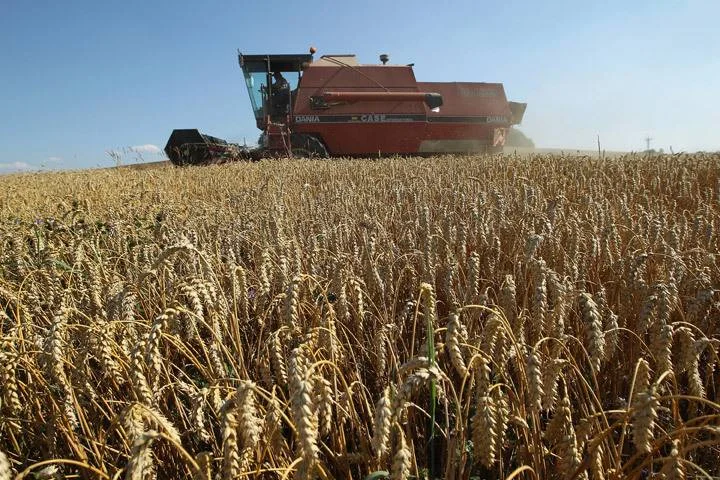Agriculture has always been an industry rooted in innovation and adaptation, and today, technology is transforming how farmers grow our food with unmatched precision and efficiency. From self-driving tractors to real-time field mapping and precision fertilizer application, farmers are using cutting-edge technology to maximize productivity while minimizing environmental impact.
Washington State is famous for its stunning landscapes and agricultural diversity, with wheat standing tall as one of its most important crops. First cultivated in the 1820s, wheat quickly became the backbone of eastern Washington’s economy. Today, over 4,000 farms produce millions of bushels of high-quality wheat each year, much of it destined for international markets.
Diet. It’s a word that we, as Americans, overuse, misuse, and simply don’t understand.
In Washington state, different parts of the state get different amounts of precipitation. The areas west of the Cascade mountains tend to get up to 50 or 60 inches of rainfall, and the areas east of the mountains usually get less than 18 inches of rainfall each year!
The air is thick with anticipation and exhaustion as finals week reaches its peak. Late-night cramming and the pursuit of academic excellence consume every spare moment, pushing toward the finish line of the semester. With only a handful of tests standing between me and winter break, the promise of rest and return home to the family farm becomes a bright beacon of motivation.
Western Wisconsin will offer a “coffee chat” series hosted by the University of Wisconsin-Madison Division of Extension’s Heart of the Farm-Women in Agriculture initiative. The weekly series starts May 12 and continues consecutive Tuesdays through June 2 from 7-8 p.m.
For the first time in its 50-year history, the Wheat Quality Council (WQC) Hard Winter Wheat Tour has been cancelled this year due to the COVID-19 outbreak. U.S. Wheat Associates (USW) knows that its customers around the world look forward to the snapshot of new hard red winter (HRW) wheat crop yield potential the tour provides.
A few years ago, Agricultural Research Service (ARS) scientists in Akron, Colorado began noticing a pattern to their wheat harvests: yields were higher in low-lying areas.
That by itself was no surprise. Soils at low-lying spots in a field capture run-off from higher spots, often have more organic matter and are better at holding water, which is critical in the soils of eastern Colorado, where water is scarce, and crops are strictly rain-fed.
Trade, to put it lightly, is a pretty big deal in the Evergreen state.
More than 300 crops are grown here, worth $10.6 billion in 2017. The processed foods sector, in 2016, generated more than $20 billion in revenues, and the value of food and ag products that were exported overseas in 2017 was approximately $6.7 billion.
The current trade environment puts all of that on uncertain ground.










November is a season of reflection and gratitude. With the last leaves falling to the ground and the air turning crisper, there's a natural inclination to pause, take stock, and give thanks for the blessings that color our lives. In this spirit of appreciation, let's turn our attention to the unsung heroes who fill our refrigerators and pantries — dedicated farmers. As we sit down to our tables, it's a perfect moment to express our heartfelt gratitude for the hands that till the soil, nurturing the food and fiber that nourish us all.